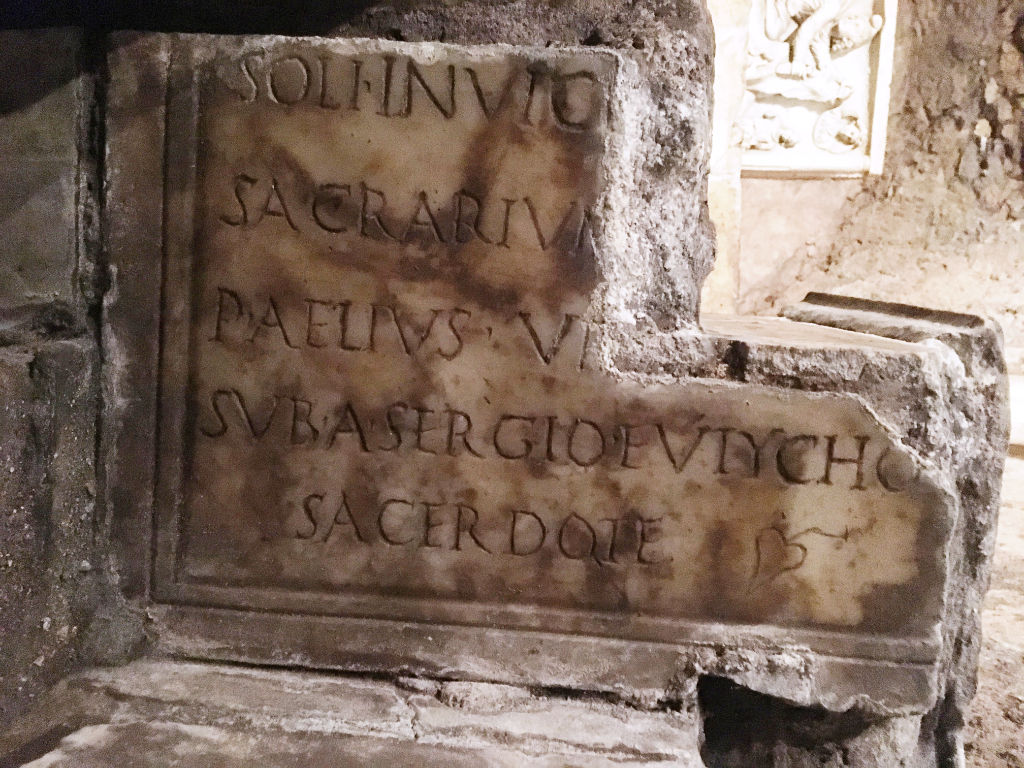Monumentum
Mitreo del Circo Massimo
The Mithraeum of the Circus Maximus was discovered in 1931 during work carried out to create a storage area for the scenes and costumes of the Opera House within the Museums of Rome building.
The New Mithraeum
17 May 2007
Updated on Nov 2022
The full article is reserved for our members.
Log in or create a free account to access the entire site.
By a corridor one enters the sanctuary, which has been constructed in a number of adjacent rooms. First of all one reaches the paved rooms C and F, which by a door are connected with the rooms A and B. Next to C, separated from it by a wall, and connected by a door, lies room E, which served as an apparatorium…







